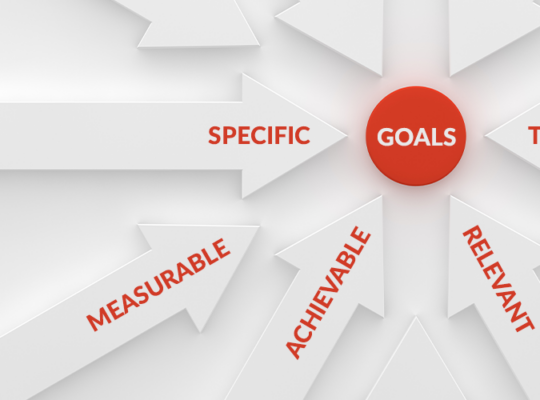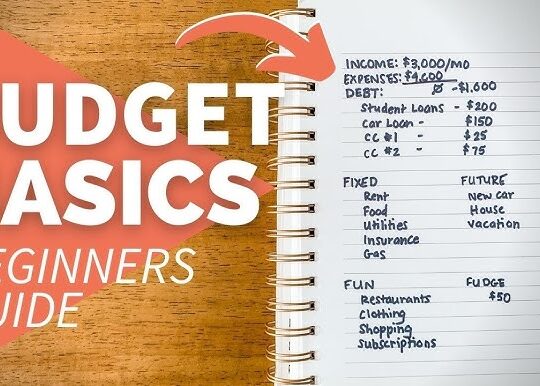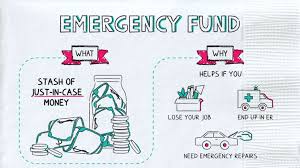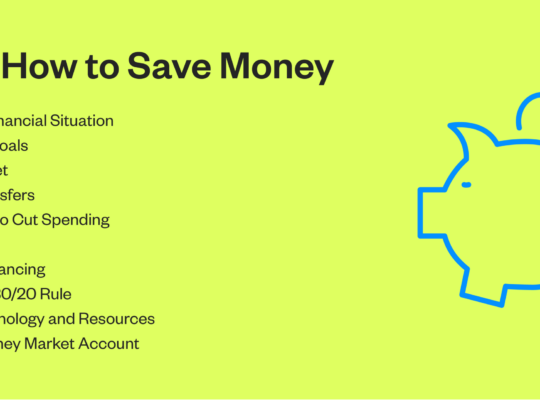
Are you ready to make your money work for you? If you’ve ever felt overwhelmed or unsure about where to begin with investing, you’re not alone. The world of stocks, bonds, and funds can seem intimidating—but it doesn’t have to be. In this simple guide, we’ll walk you through the key steps every beginner should know to start investing with confidence.
Investing links
- 💸 How to Change Your Finances in Just 6 Months
- Top 10 Personal Finance Tips for Beginners
- Financial goals and planning: short, medium, and long term
🎯 Step 1: Know Why You’re Investing
Before choosing where to put your money, take a step back and ask: What am I investing for?
- Retirement?
- A down payment on a home?
- Building long-term wealth?
Your investment goals will determine your strategy. Short-term goals often require safer, more liquid investments, while long-term goals can handle more risk—and potentially more reward.
📝 Pro Tip: Write down your goals and assign a timeline to each one.
💡 Step 2: Understand the Basics
You don’t need a finance degree to start investing, but knowing a few core terms helps:
- Stocks: Partial ownership in a company. When the company grows, your stock’s value may increase.
- Bonds: Loans to governments or corporations that pay you back with interest.
- ETFs & Mutual Funds: Investment bundles that include many stocks or bonds, offering instant diversification.
📚 Learning the basics reduces the risk of costly mistakes and helps you make smarter decisions.
⚖️ Step 3: Know Your Risk Tolerance
Investing involves risk—period. Some investments can fluctuate wildly, while others are more stable.
Ask yourself:
- How would I feel if my investments dropped 10% in a month?
- Am I willing to take bigger risks for potentially higher returns?
Knowing your comfort level with risk will help you choose the right investment mix.
🏦 Step 4: Open an Investment Account
To buy stocks, bonds, or funds, you need a brokerage account. Here are a few beginner-friendly options:
- Robinhood: Simple mobile-first interface
- Fidelity or Vanguard: Great for long-term investing
- Robo-Advisors (like Betterment): Automated investing based on your goals and risk level
🔐 Opening an account is usually free and takes just a few minutes online.
💸 Step 5: Start Small & Diversify
You don’t need a lot of money to start investing. In fact, many platforms allow you to begin with as little as $10.
Instead of putting all your money into one stock, consider:
- ETFs: Track an index like the S&P 500
- Index Funds: Low-fee mutual funds that mirror the market
📈 Diversification spreads risk and can help smooth out returns over time.
⏳ Step 6: Think Long-Term
Investing is a marathon, not a sprint. Markets will go up and down—but over time, they tend to rise.
- Stick to your plan, even when things get rocky
- Reinvest dividends to harness the power of compound interest
- Avoid checking your portfolio every day
💡 Patience and consistency are often more important than timing the market.
🚫 Bonus: Avoid Common Beginner Mistakes
Here are a few traps many new investors fall into:
- Chasing hype (like meme stocks or viral crypto)
- Investing money you can’t afford to lose
- Letting emotions drive decisions
Stay grounded. Investing isn’t about getting rich overnight—it’s about building wealth over time.
✅ Final Thoughts
Investing is no longer just for Wall Street pros—it’s for everyone. With just a few basic tools and a solid plan, you can take control of your financial future.
🌱 Start small. Stay smart. And let time do the heavy lifting.
📌 Ready to begin?
Open an investment account today, define your goals, and take that first step toward financial freedom.
Want more tips like this?
Subscribe to our newsletter and follow us on social for weekly investing insights!






